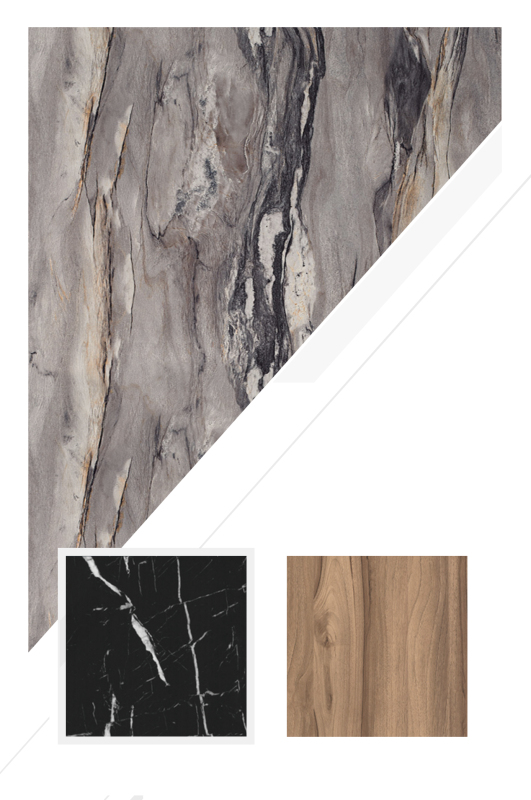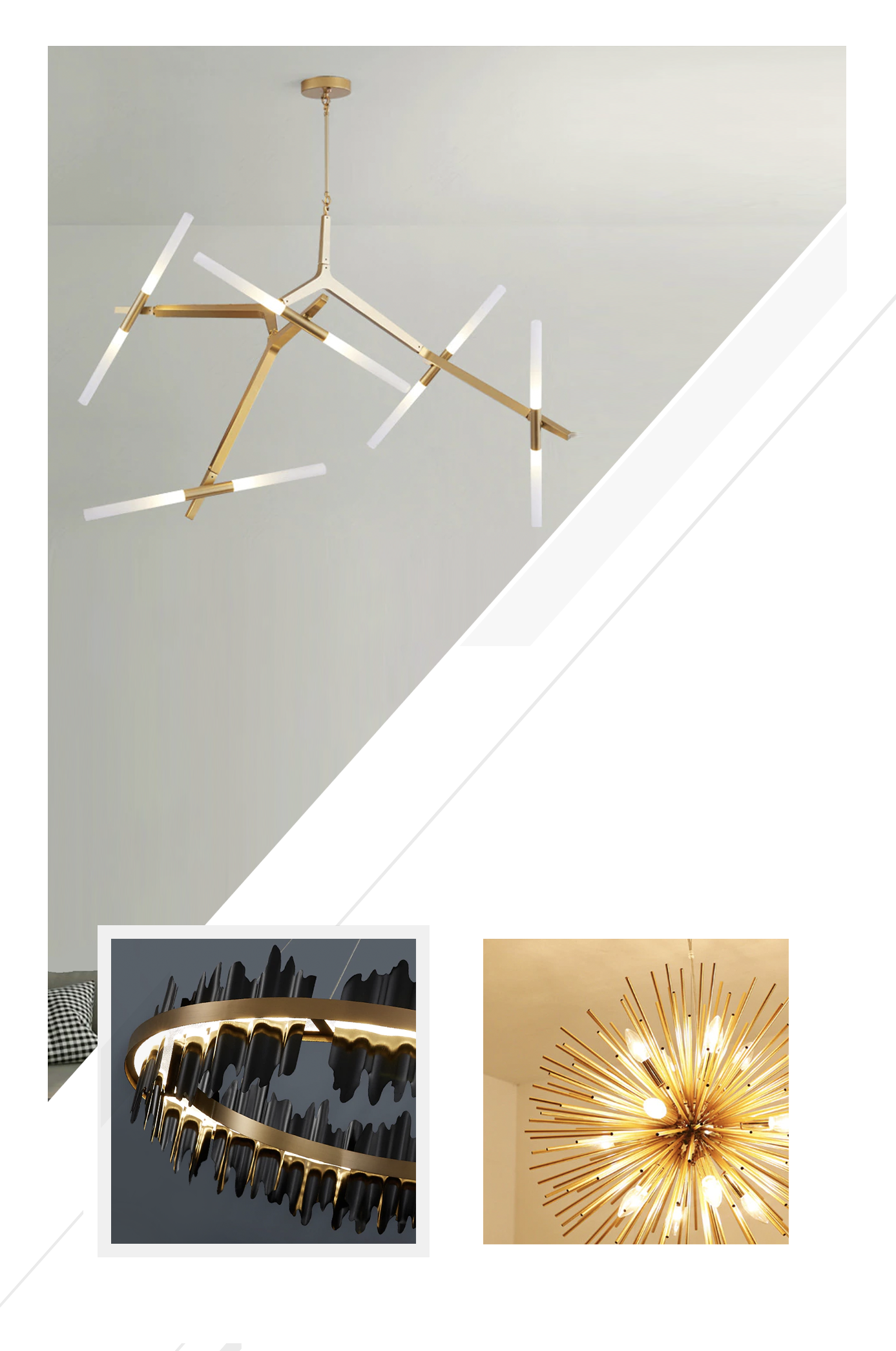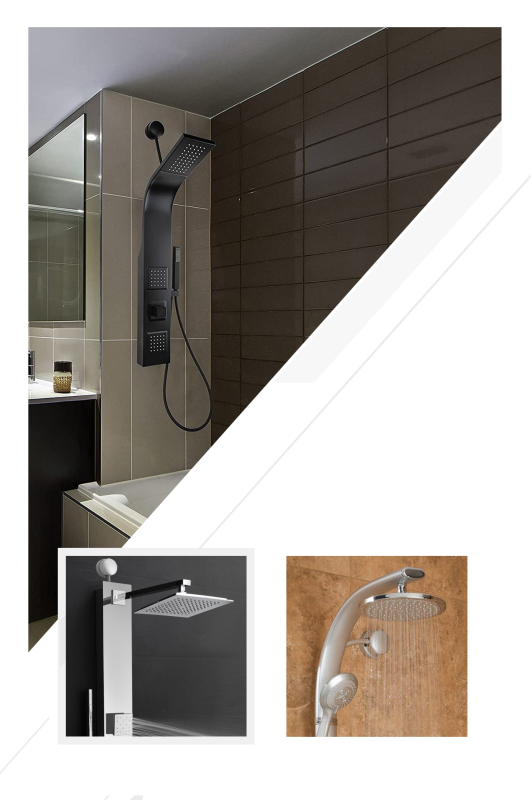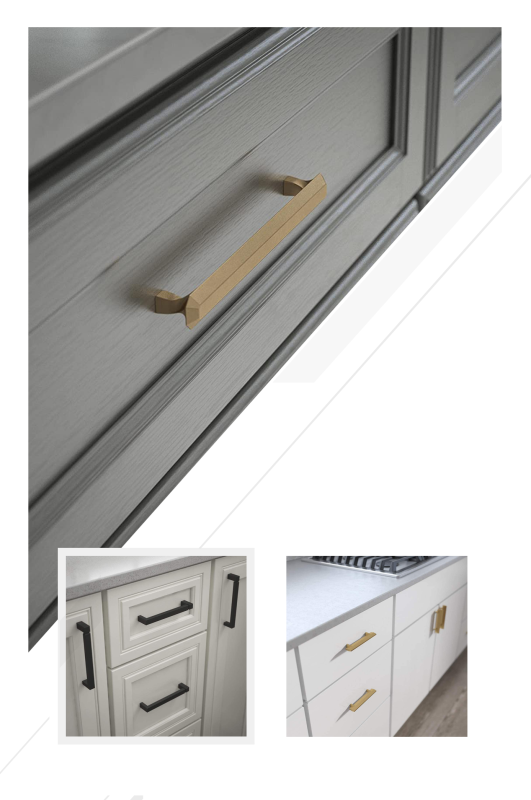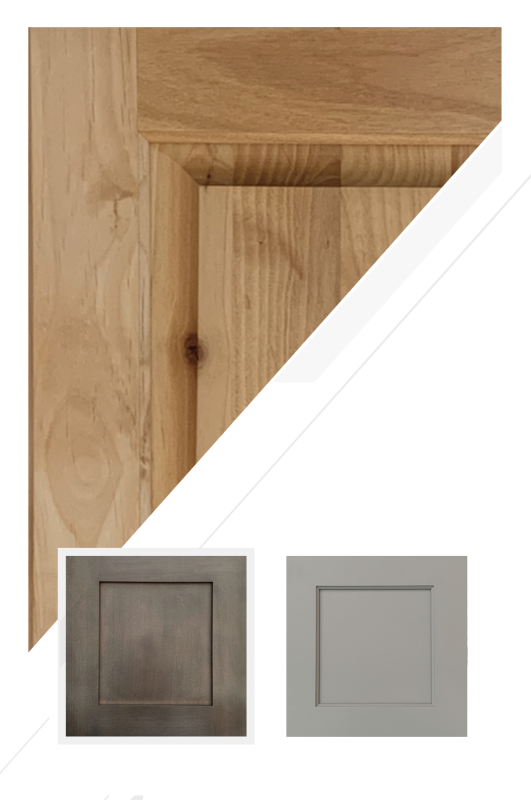Durability is one of the most important considerations when building or upgrading a home, especially in California where seasonal weather, seismic activity, and environmental conditions challenge long-term structural integrity. For owners and future buyers of Joy Line Homes, selecting the right materials is essential to ensure lasting performance, energy efficiency, and resale value.
Factory-built modular and prefab homes require materials that support both transport durability and long-term residential stability. From foundations and framing to roofing and interior finishes, each choice influences maintenance needs, climate resilience, and overall lifespan. This guide outlines reliable materials for Joy Line Homes in California, highlighting regional demands and construction best practices.
Understanding Durability Requirements in California Modular Homes
Joy Line Homes leverage controlled factory construction for precision and energy efficiency. California’s varied climates and codes add unique considerations:
- Coastal humidity and salt exposure
- Inland heat and UV exposure
- Wildfire zones and ember resistance
- Earthquake movement and structural stress
Choosing the right materials helps the home remain strong, safe, and low-maintenance for decades.
1. Foundation Materials Built for Stability
A home’s foundation sets the tone for long-term strength. For Joy Line Homes, foundation systems must match modular installation requirements and local soil conditions.
Recommended Foundation Options
| Foundation Type | Durability Advantage |
|---|---|
| Concrete Slab-on-Grade | Resists minor soil shifting; simple, low maintenance |
| Raised Concrete Perimeter | Provides crawlspace ventilation and service access |
| Pier & Beam with Steel Anchors | Added seismic flexibility and anchorage options |
Use high-grade reinforced concrete, proper moisture barriers, and engineered anchoring. Avoid untreated wood or temporary blocks that compromise longevity.
2. Structural Framing and Wall Construction
Joy Line Homes commonly blend engineered wood with strategic steel reinforcement. Wall assemblies and connections are critical for weather resistance and seismic performance.
Preferred Framing Materials
| Material | Reason for Use |
|---|---|
| Engineered Lumber (LVL/LSL) | High strength, dimensional stability, predictable spans |
| Steel Straps & Connectors | Enhances uplift and lateral resistance in seismic zones |
| Structural Sheathing (OSB/Plywood) | Shear strength against wind and seismic loads |
In higher seismic zones, specify additional shear panels, hold-downs, and cross-bracing to limit racking and drift.
3. Roofing Materials That Withstand California Conditions
Roofs face constant sun, rain, debris, and wind. Material choice and underlayment quality are key to preventing leaks and heat gain.
Durable Roofing Materials
| Material | Ideal For |
|---|---|
| Architectural Asphalt Shingles | Cost-effective, impact-resistant, broad availability |
| Standing-Seam Metal Roofing | Fire and heat resistance; excellent longevity |
| Concrete or Clay Tiles | Long lifespan in hot, sunny climates |
Use fire-rated underlayments in wildfire-prone areas and ensure ridge/soffit ventilation. Choose cool-roof colors in hotter regions to reduce attic heat.
4. Exterior Siding Built to Last
Cladding protects the structure and drives curb appeal. The best options resist warping, fading, and moisture intrusion.
Top Siding Choices for Joy Line Homes
| Material | Advantages |
|---|---|
| Fiber Cement (e.g., Hardie) | Class A fire resistance; stable; low maintenance |
| Engineered Wood Siding | Natural wood look with improved durability |
| Premium Vinyl Siding | Low maintenance; fade-resistant formulations |
Seal at joints and corners, integrate flashing, and maintain clearances from grade to protect sheathing and insulation layers.
5. Insulation and Thermal Protection
Energy efficiency and comfort rely on tight air-sealing and correct R-values that meet or exceed Title 24 requirements.
- Closed-Cell Spray Foam: Superior air seal and high R-value per inch
- High-Density Fiberglass Batts: Cost-effective; performs well when properly installed
- Rigid Foam Board: Useful at exterior sheathing and slab edges
Use moisture-tolerant products and correct vapor retarders per climate zone to limit condensation risk.
6. Window and Door Material Selection
Openings are primary paths for thermal loss and weather exposure. Specify frames and glazing for durability and performance.
High-Performance Window Materials
| Material Type | Benefit |
|---|---|
| Vinyl Frames (Premium) | Low maintenance; good thermal performance |
| Fiberglass Frames | Dimensional stability; weather resistant |
| Dual/Triple-Pane IGUs | Improved energy retention; sound attenuation |
Add Low-E coatings and argon fills to reduce heat transfer. Specify robust weatherstripping.
Durable Door Recommendations
- Insulated steel entry doors for strength and security
- Fiberglass doors in coastal zones for corrosion resistance
- Fire-rated doors at required interior locations
7. Interior Materials Built for Everyday Wear
Choose interior finishes that stand up to daily use without frequent replacement.
Recommended Interior Materials
| Component | Recommendation |
|---|---|
| Flooring | Premium vinyl plank or engineered hardwood with moisture seal |
| Countertops | Quartz or solid-surface for stain and heat resistance |
| Walls | Painted drywall with washable, low-VOC finishes |
| Cabinetry | Moisture-sealed boxes, durable hardware in kitchens/baths |
Avoid low-grade laminates that swell with moisture. Specify durable edge banding and soft-close hardware for longevity.
8. Moisture and Mold Defense
Water intrusion is the most common source of premature failure. Use layered protection in wet areas and coastal environments.
- Cement board behind tile in showers and tubs
- Waterproof membranes in wet rooms and at pan/curb transitions
- Silicone sealants at sinks, tubs, and penetrations
- Properly ducted, timer-controlled exhaust fans
9. Fire-Resistant and Climate-Safe Materials
In wildfire zones, ignition-resistant assemblies are critical.
| Material | Protection |
|---|---|
| Fiber Cement Siding | Class A fire rating and ember resistance |
| Metal Roofing | Non-combustible with excellent longevity |
| Tempered Dual-Pane Glass | Improved resistance to radiant heat and impact |
Maintain defensible space and avoid untreated wood mulch or resin-heavy shrubs adjacent to siding.
10. Long-Term Maintenance Materials
Low-maintenance finishes reduce lifetime costs and improve resale value.
- Powder-coated metal for exterior railings and guards
- Composite decking instead of untreated softwood
- Exterior paints and coatings rated for UV and salt air
- Stainless or marine-grade fasteners in coastal zones
Smart Material Selection Secures Generational Home Value
Joy Line Homes deliver structural precision, efficiency, and modern design. Long-term durability depends on disciplined material choices during construction and renovation. From foundation and framing to cladding and interiors, each decision affects service life and maintenance.
California’s regional demands require foresight. Selecting resilient, tested materials helps your Joy Line Home remain safe, efficient, and structurally sound well into the future. Durability isn’t accidental; it’s the sum of informed choices at every step.

